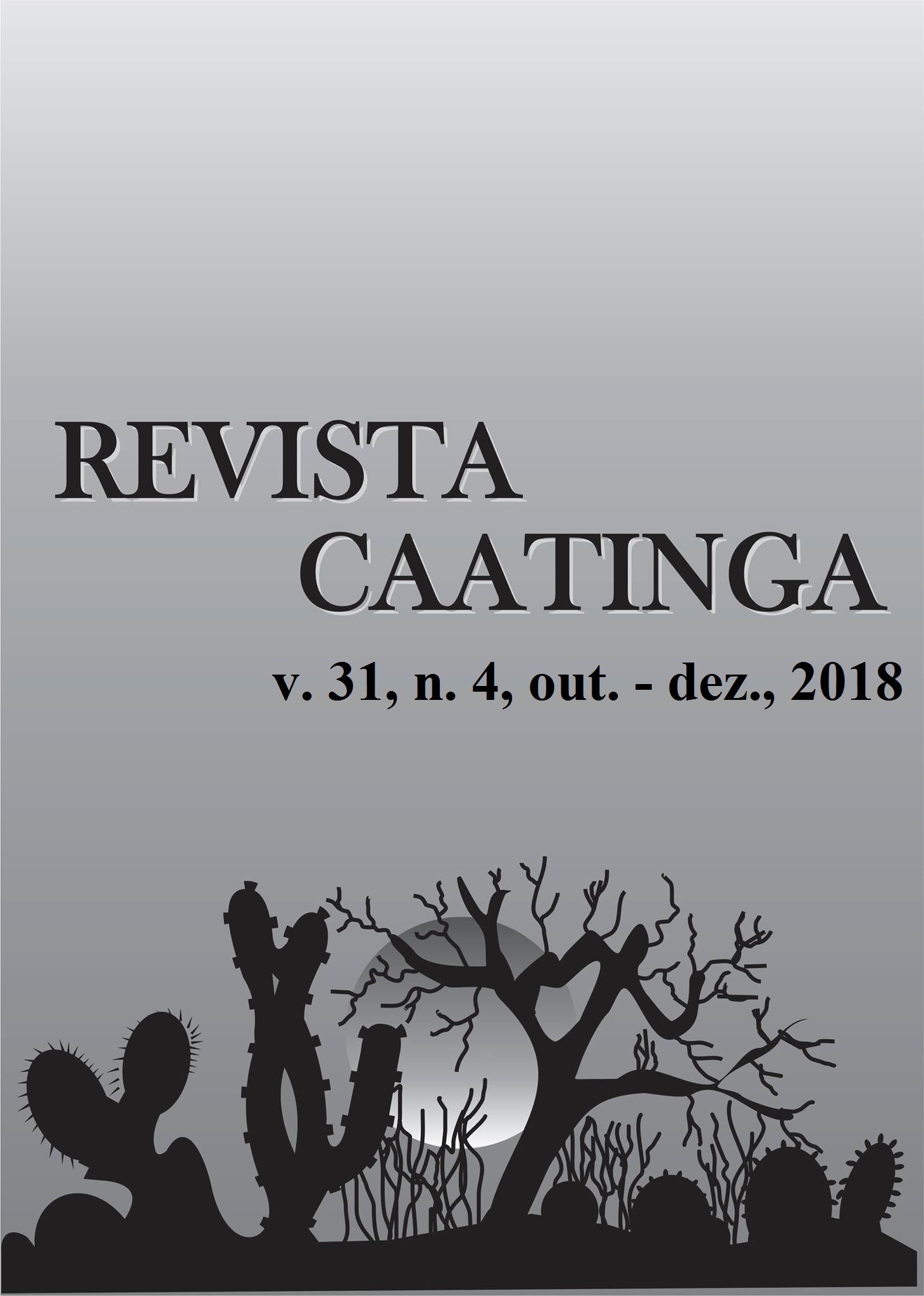SOIL MICROBIOLOGICAL ACTIVITY AND PRODUCTIVITY OF MAIZE FODDER WITH LEGUMES AND MANURE DOSES
DOI:
https://doi.org/10.1590/1983-21252018v31n410rcKeywords:
Zea mays. Green manure. Enzyme.Abstract
Maize is an important cereal and it is widely consumed in the world, both as food for humans and animals. Nitrogen (N) is a nutrient required in large quantities by maize, but unfortunately, soils are limited in meeting this need. Nodulating legumes can serve as a source of Nitrogen, because they are symbiotically associated with bacteria capable of fixing atmospheric N. Another important source of this nutrient is cattle manure, which is widely used in agriculture. The objective of the present study was to evaluate the effect of using legumes and cattle manure on the production as well as the microbial and biochemical quality of the soil used for maize cultivation. The experiment was conducted using a randomized complete block design, in a sub-subdivided plot scheme [(2x4) +2], two leguminous plants (pigeon pea and macassar bean), four doses of cattle manure (0, 20, 40 and 60 t ha-1) and two controls; one with mineral fertilization and the other cultivated without the use of fertilizers. Treatment using a manure dose of 60t ha-1 and pigeon pea legume, recorded higher dry mass production per plant. The increase in manure doses was directly proportional to the length and weight of the cobs for the two legumes. The enzymatic activities were affected by the different doses and legumes, with greater results being recorded at the 60 t ha-1 dose with the macassar legume. The use of legumes with manure improved maize production as well as the microbiological and biochemical quality of soils.
Downloads
Downloads
Published
Issue
Section
License
Os Autores que publicam na Revista Caatinga concordam com os seguintes termos:
a) Os Autores mantêm os direitos autorais e concedem à revista o direito de primeira publicação, com o trabalho simultaneamente licenciado sob a Licença Creative Commons do tipo atribuição CC-BY, para todo o conteúdo do periódico, exceto onde estiver identificado, que permite o compartilhamento do trabalho com reconhecimento da autoria e publicação inicial nesta revista, sem fins comerciais.
b) Os Autores têm autorização para distribuição não-exclusiva da versão do trabalho publicada nesta revista (ex.: publicar em repositório institucional ou como capítulo de livro), com reconhecimento de autoria e publicação inicial nesta revista.
c) Os Autores têm permissão e são estimulados a publicar e distribuir seu trabalho online (ex.: em repositórios institucionais ou na sua página pessoal) a qualquer ponto antes ou durante o processo editorial, já que isso pode gerar alterações produtivas, bem como aumentar o impacto e a citação do trabalho publicado (Veja O Efeito do Acesso Livre).







